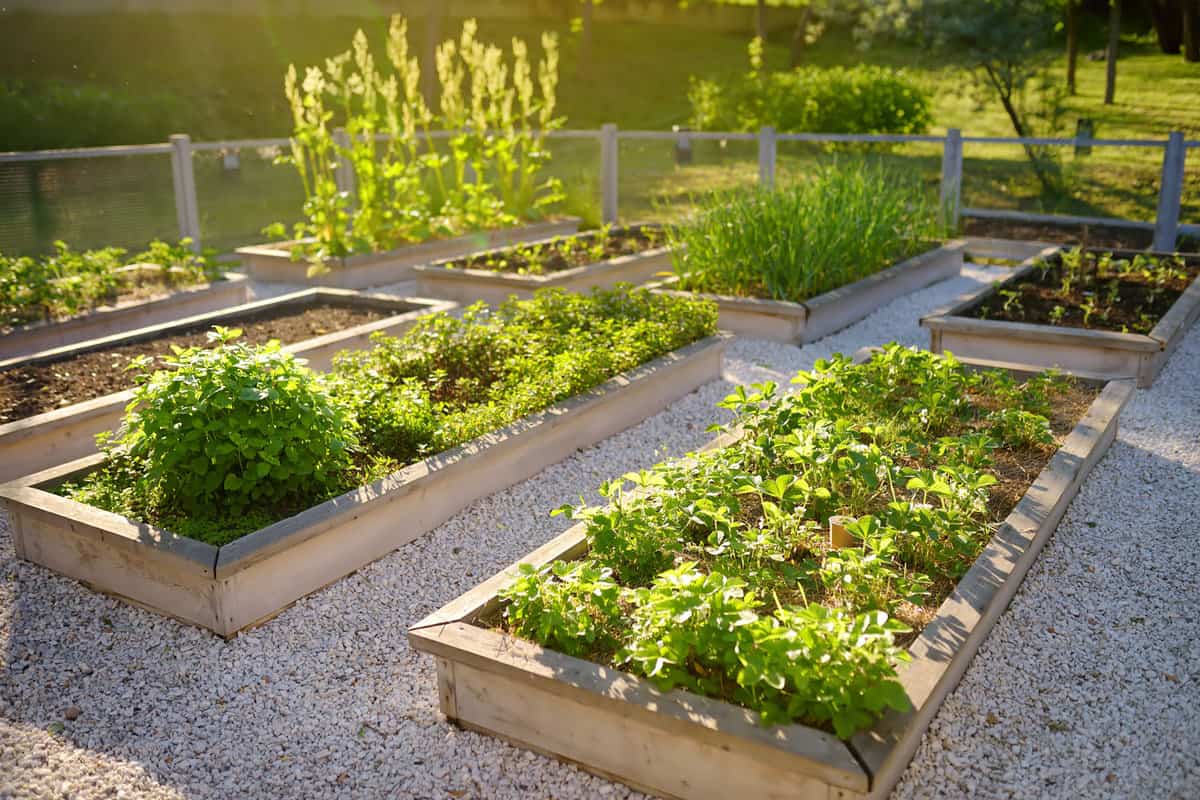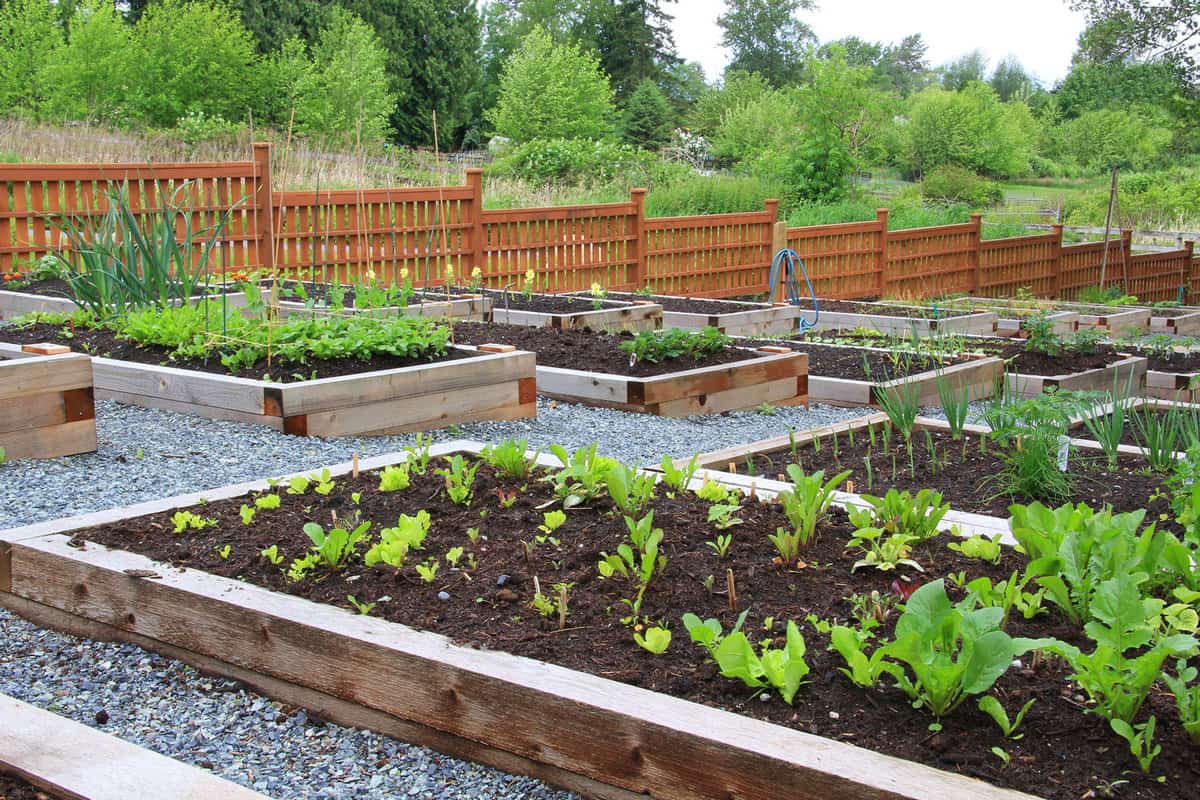As winter approaches, gardeners like you are looking for ways to protect their garden beds.
One effective method to safeguard your plants and maintain healthy soil during the colder months is fall mulching.

By applying a layer of organic material around the base of your plants, you provide insulation and support for beneficial microorganisms, enriching the soil over the season.
Fall mulching not only helps to protect your garden beds from winter weather but also, as it decomposes, aids in sustaining the fertility and structure of your soil.
Choosing the appropriate type of mulch for your specific plants and climate can make a world of difference in the success of your garden year-round.
Concept of Fall Mulching
Fall mulching is a gardening technique in which you apply a layer of organic material, such as leaves, straw, or compost, to the surface of your garden beds during the fall season.
The main goal of this practice is to protect the soil and the plant roots from harsh winter conditions, while also enriching the soil and aiding in moisture retention.

Decomposition will occur over the winter, and by the following spring, your garden bed will be ready for planting.
It's essential to weed the area before applying any type of mulch and to spread the mulching materials over the entire plant bed.
Be mindful of keeping mulch 2 to 3 inches away from the stems of woody plants and 6 to 12 inches away from the walls of buildings to prevent decay and rodent damage.
The Importance of Mulching
Fall mulching is an essential practice to protect your garden beds during winter.
By covering the soil with organic or inorganic materials, you'll provide a protective layer that offers many benefits.
Let's explore two key advantages of fall mulching: protection against frost and prevention of soil erosion.
Protection Against Frost
Winter frost can wreak havoc on your garden beds, causing damage to plant roots and delaying growth in the spring.
Mulching helps insulate the soil, maintaining a more consistent temperature throughout the winter months.
This not only protects your plants from sudden temperature drops but also ensures they survive to produce healthy growth in the following season.
Choose materials like straw, shredded leaves, or pine needles as effective insulators for winter mulches.
Preventing Soil Erosion
Rain, snow, and wind can cause soil erosion, washing away valuable nutrients and leaving your garden beds exposed to further damage.
By applying a layer of mulch to your beds, you create a barrier that helps keep the soil in place.
This prevents erosion, protects plant roots, and reduces the amount of maintenance needed when spring arrives.
In addition, mulches like wood chips, bark, or compost can gradually break down, adding valuable organic matter and improving soil quality over time.
Benefits of Fall Mulching
Fall mulching offers numerous benefits for your garden beds, such as:
Insulating the Soil
Mulch acts as an insulating layer, protecting plant roots from extreme temperature fluctuations and reducing the risk of frost heaving.
Weed Suppression
A thick layer of fall mulch helps to suppress weed growth, making it easier for you to maintain your garden beds in the spring.
Moisture Retention
Mulch helps to retain moisture in the soil, ensuring that plants have enough water even during dry periods.
Soil Enrichment
As the mulch breaks down, it releases nutrients and organic matter into the soil, improving its quality and fertility.
Preparing Your Garden for Mulching
Before the winter months arrive, it's essential to prepare your garden beds to withstand the harsh weather conditions.
Choosing the Right Mulch
When it comes to selecting the right mulch for your garden, you want to consider factors such as your climate, soil type, and the plants you're growing.
There are different types of mulches available, including:
1. Organic Mulches
These are made from natural materials like leaves, grass clippings, straw, and wood chips. They break down over time and enrich soil with nutrients. Organic mulches also help regulate soil temperature and retain moisture.
2. Inorganic Mulches
These are made from non-biodegradable materials like rubber, plastic, and landscape fabric.
Inorganic mulches are primarily used to suppress weeds and prevent soil erosion but won't contribute to soil fertility.
Proper Garden Cleaning
Before applying mulch, it's essential to clean your garden properly. This process involves several tasks:
1. Remove Weeds and Debris
Clear any weeds from the garden beds, as they compete with plants for nutrients and can harbor pests and diseases.
Make sure to remove any fallen leaves or debris that could encourage mold growth and attract pests.
2. Prune Perennials and Shrubs
Trim back any dead or diseased plant material from perennials and shrubs.
This helps prevent diseases from spreading and encourages new growth in the spring.
3. Rake and Aerate Soil
Use a garden rake to loosen compacted soil and create a more even surface.
This improves air circulation and water penetration, preparing the ground for mulching.
Once your garden is clean and ready, spread the chosen mulch evenly over the soil surface, maintaining a layer about 2-4 inches thick.
Be careful not to pile mulch against plant stems, as it can lead to rot and pest issues.
Steps to Mulch Your Garden Beds in Fall
Here's a simple guide to help you get started with the fall mulching process.
Applying the Mulch Layer
First, make sure to clear any weeds and debris from your garden beds. This will give you a clean slate to work with when applying mulch.
Next, add a layer of compost or aged manure to the soil. This will provide your plants with nutrients and help improve the soil structure. Spread it evenly, using a rake or your hands if necessary.
Then, it's time to apply the mulch. Choose a material like straw, shredded leaves, or wood chips for the best results in protecting your garden beds during winter.
Spread the mulch evenly over your prepared garden beds, taking care not to smother your plants.
Ideal Mulch Thickness
When it comes to mulch thickness, more is not always better.
For wood chips and pea gravel, aim for a thickness of 3 to 4 inches. This will help insulate your plants without smothering them or preventing water and air from reaching the soil.
For straw, dried leaves, and similar materials, a thickness of 4 to 6 inches is recommended.
These materials are lighter and less dense, so a slightly thicker layer will provide better insulation without causing harm to your plants and their roots.
Maintaining Your Mulch Through Winter
As the winter season progresses, monitor your mulch regularly. You may need to rake it up and redistribute it occasionally, especially after heavy snow or strong winds.
Raking helps the mulch remain loose and prevents it from compacting, thus allowing air and water to permeate the soil easily.
During the winter, you might also notice some parts of your garden beds being exposed due to shifts in the mulch.
Make sure to cover these areas promptly with additional mulch, maintaining a consistent layer to provide adequate insulation for your plants' root systems.
Using a biodegradable and nutrient-rich mulch like leaf mulch is a smart choice for your winter garden care.
As it decomposes, it will release valuable nutrients into the soil, promoting better plant growth in the upcoming spring season.
Start Fall Mulching For Better Spring Harvest
As the winter season approaches, it's important to keep your garden beds protected to ensure a healthy and vibrant spring.
You can effectively protect your garden beds throughout the winter months, setting the stage for a flourishing and productive garden come springtime.
For more mulching related topics, check out these other articles:
